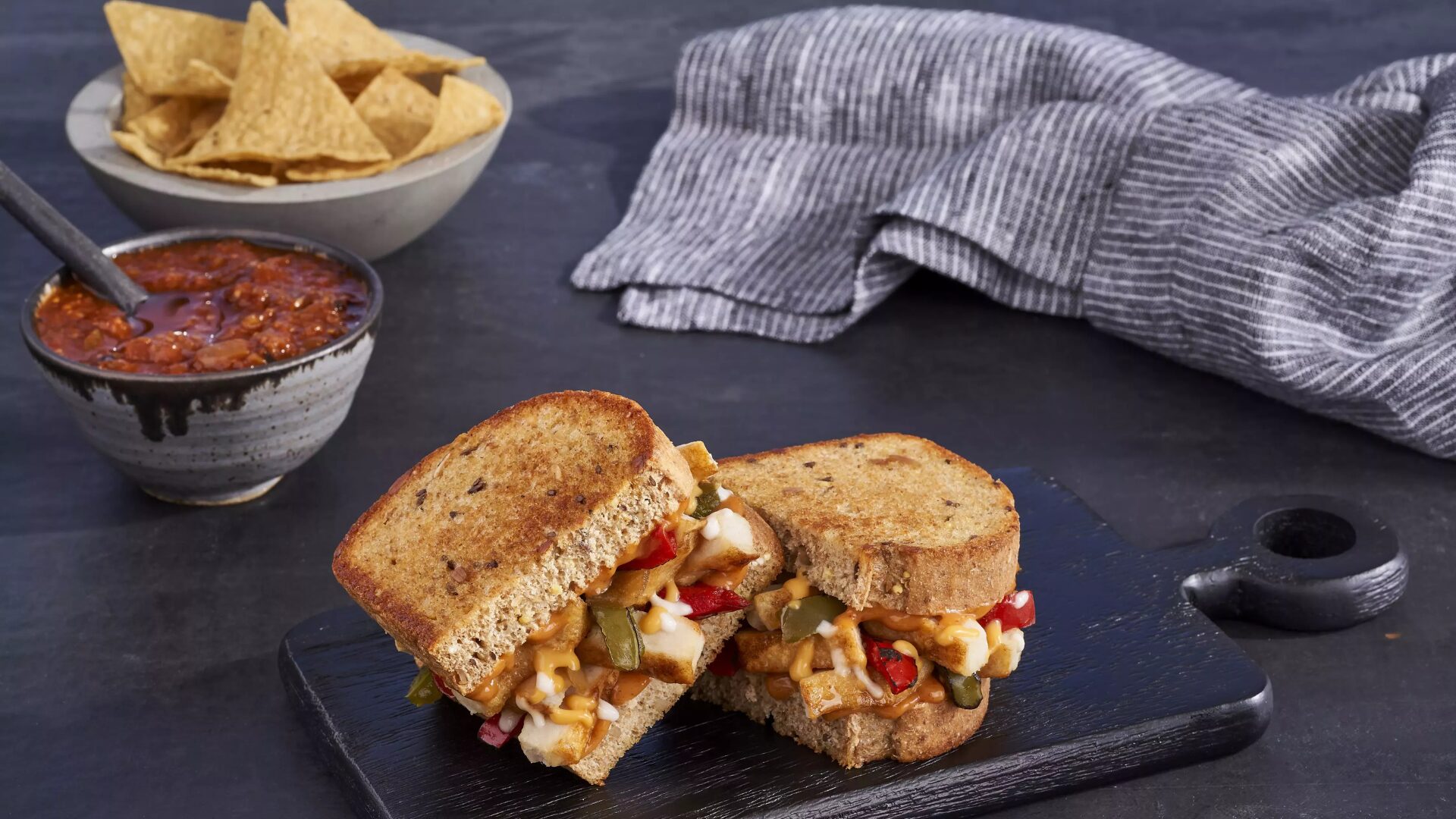During the financial crisis of 2008-09, the idea of a “bad bank” came into vogue. With financial institutions worldwide weighed down by non-performing mortgages, industry professionals argued that the proper path was to simply move those loans into new corporate structures, with government support. Investors willing to take on risk eventually would buy those assets (indeed, many mortgage-backed securities proved far more valuable than participants believed at the time); meanwhile, the losses created by toxic mortgages would no longer threaten to destroy the global banking sector.
15 years later, the food industry has its own non-performing categories, among them canned soup and breakfast cereal. But to this point, manufacturers haven’t yet chosen the “bad bank” path. Instead, as we wrote last year, they’ve simply looked for new categories to drive growth.
Both J.M. Smucker and General Mills chose to keep stagnant legacy businesses, and used acquisitions to target the pet food market (Smucker would enter the coffee business as well). Campbell Soup first went after healthier options before turning to snacks.
Kellogg, however, is going the “bad bank” route. It’s splitting into two companies, which the company announced last month will be named Kellanova and W.K. Kellogg Co. The names themselves reflect the respective strategies.
Kellanova is the more modern business with the more modern-sounding name. Roughly 60% of its revenue will come from snacks; another 21% from overseas cereal sales. In contrast, W.K. Kellogg will overwhelmingly focus on the U.S. breakfast cereal market, with brands like Frosted Flakes and Special K that have been developed over decades.
Divide and Conquer?
The goal here is simple: to separate faster-growing products from the poorly performing cereal business. Kellogg made that clear in its Investor Day last month. The second slide of the company’s presentation noted the sales growth rates for each business. On an organic basis (that is, accounting for businesses acquired and divested), Kellanova grew at a 9% annualized rate between 2019 and 2022. W.K. Kellogg, in contrast, has increased sales just 1% a year over that same period — an abysmal performance given inflation and pricing across the industry over that time.
It’s a big move — but not as big as originally planned. When the split was announced last year, Kellogg also planned to split off its plant-based business centered around MorningStar Farms. But on the fourth quarter conference call in February, chief executive officer Steven Cahillane explained that “when we began this process [of splitting up], valuation for peer companies were stratospheric compared to where they are today.”
No doubt the “peer company” to which Cahillane is referring to Beyond Meat. At the start of 2022, Beyond Meat stock traded above $60; the company had a market capitalization of over $4 billion. By the time Kellogg actually announced what was then a three-way split, Beyond Meat’s market cap was down to a still-significant $1.6 billion.
The figure now is $670 million — and BYND still is one of most heavily-shorted stocks in the market, meaning many traders expect that figure to fall further still. BYND now trades at about 2x its sales — that multiple once was as high as 50x.
With valuations in the category plunging, MorningStar simply can’t stand on its own. The business would not be valuable enough, or likely profitable enough, to justify the one-time and ongoing expense of creating a new publicly-traded company. Instead, MorningStar will stay with Kellanova, perhaps in hopes that the plant-based industry can reverse its slump.
Peering Ahead
With or without MorningStar, however, the strategy here is largely the same. The question right now is: will it work? To be sure, the pivots made by General Mills and Campbell have led to mediocre returns — but without those aggressive moves, performance might have been even worse. And Kellogg’s strategy, ideally, will lead to investors better valuing the two sides of the business.
Investors in theory should pay up for Kellanova, given its growth potential. W.K. Kellogg will probably look ‘cheap’ relative to earnings — but the business, at least for now, should remain exceptionally profitable. Each of those profiles individually should be more attractive to a specific investor than a business that is, roughly speaking, part growth and part value.
That said, the effort here is not free of cost, or risk. Each business will have higher overhead, at least at first. Spin-offs like W.K. Kellogg often see their share prices plunge immediately, as some funds are forced to sell if the new company violates their investment mandates. And it may well be that the problem with Kellogg stock is not in which company its products are located, but with those products itself.
Indeed, since the spin-off was announced last June, Kellogg stock is down 9% even including dividends. The Standard & Poor’s 500 index is up 21% on the same basis. Given how badly Kellogg shares have performed before the spin-off, it’s perhaps difficult to be too excited about what comes afterward.
Vince Martin is an analyst and author whose work has appeared on multiple financial industry websites. He’s the lead writer at Overlooked Alpha, which offers market-wide and single-stock analysis every week.
The Food Institute Podcast
With younger generations seeking experiences and unique alcoholic beverages, what’s going on in the wide world of wine? Foley Family Wines president Shawn Schiffer and City National Bank managing director Mike Dallape break down demographic trends for wine consumption, what wine varieties are growing, and how California estate wineries have contended with changing weather patterns.












